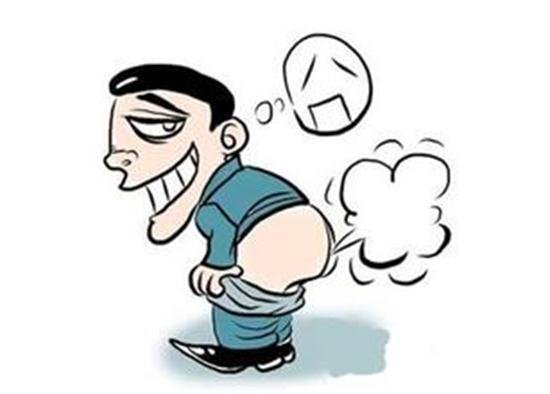What are the causes of primary dystonia?
summary
Dystonia is a dyskinesia syndrome characterized by dystonic movements and postures, which is caused by uncoordinated or excessive contraction of active and antagonistic muscles. According to the etiology, it can be divided into primary and secondary. Primary dystonia is related to heredity. Secondary dystonia includes a large group of diseases, some are genetic diseases (such as Wilson's disease, Huntington's disease, ganglioside disease, etc.), some are caused by exogenous factors (such as perinatal injury, infection, nerve stability drugs). Let's talk about the causes of primary dystonia?
What are the causes of primary dystonia?
1. Most of primary dystonia are sporadic, and a few have family history. They are autosomal dominant or recessive inheritance, or X-linked inheritance. Most of them are found in children or adolescents aged 7-15. Most of the autosomal dominant idiopathic torsion spasm is caused by the mutation of dytl gene located in 9q32-34. The exons are 30% - 50%. Dopa responsive dystonia is also autosomal dominant, which is caused by the mutation of guanosine triphosphate cyclase-1 (gch-1) gene. In Paray Island, Philippines, there is a dystonia Parkinson's syndrome with X-linked recessive inheritance. Familial localized dystonia is usually autosomal dominant with incomplete penetrance.

2. Studies have confirmed that peripheral trauma can induce dystonia in primary dystonia gene carriers, such as oromandibular dystonia, and there is a history of facial or tooth injury before the disease. In addition, excessive action on one limb can also induce dystonia. Such as various occupational dystonia, writing spasm, typist spasm, instrument player and athlete spasm, the peripheral factors are often considered to be the main role. It is speculated that the cause of the disease is the functional change of the basal ganglia caused by the reorganization of the motor circuit of the spinal cord or the change of the motor sensory connection above the spinal cord level.

3. Secondary (symptomatic) dystonia refers to all lesions involving the new striatum, old striatum, thalamus, locus coeruleus, brainstem reticular formation, etc., which can cause symptoms of dystonia, such as hepatolenticular degeneration, nuclear jaundice, ganglioside deposition, pallidomelanin degeneration, progressive supranuclear ophthalmoplegia, bilateral basal ganglia calcification Hypoparathyroidism, poisoning, cerebrovascular disease, brain trauma, encephalitis, brain fissure malformation, drug induced (L-dopa, phenothiazides, butyrylbenzenes, metoclopramide, chemotherapy drugs) and so on. It has been reported that blepharospasm may be caused by ischemia or demyelination of the dorsal brain stem.

matters needing attention
Prevention is particularly important for diseases with genetic background. Preventive measures include avoiding consanguineous marriage, carrying out genetic counseling, carrier gene testing and prenatal diagnosis. Early diagnosis, early treatment and strengthening clinical nursing are of great significance to improve the quality of life of patients.












